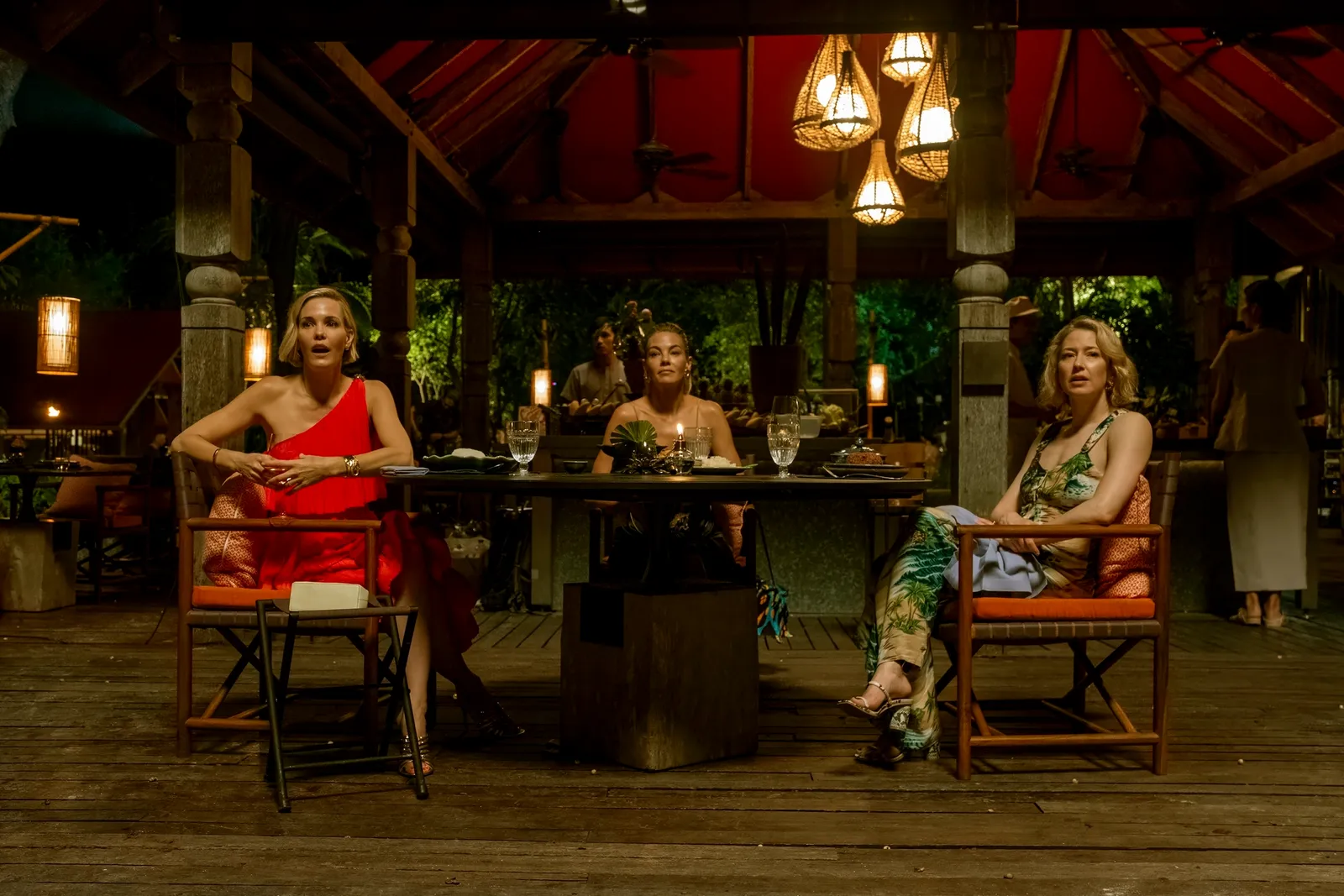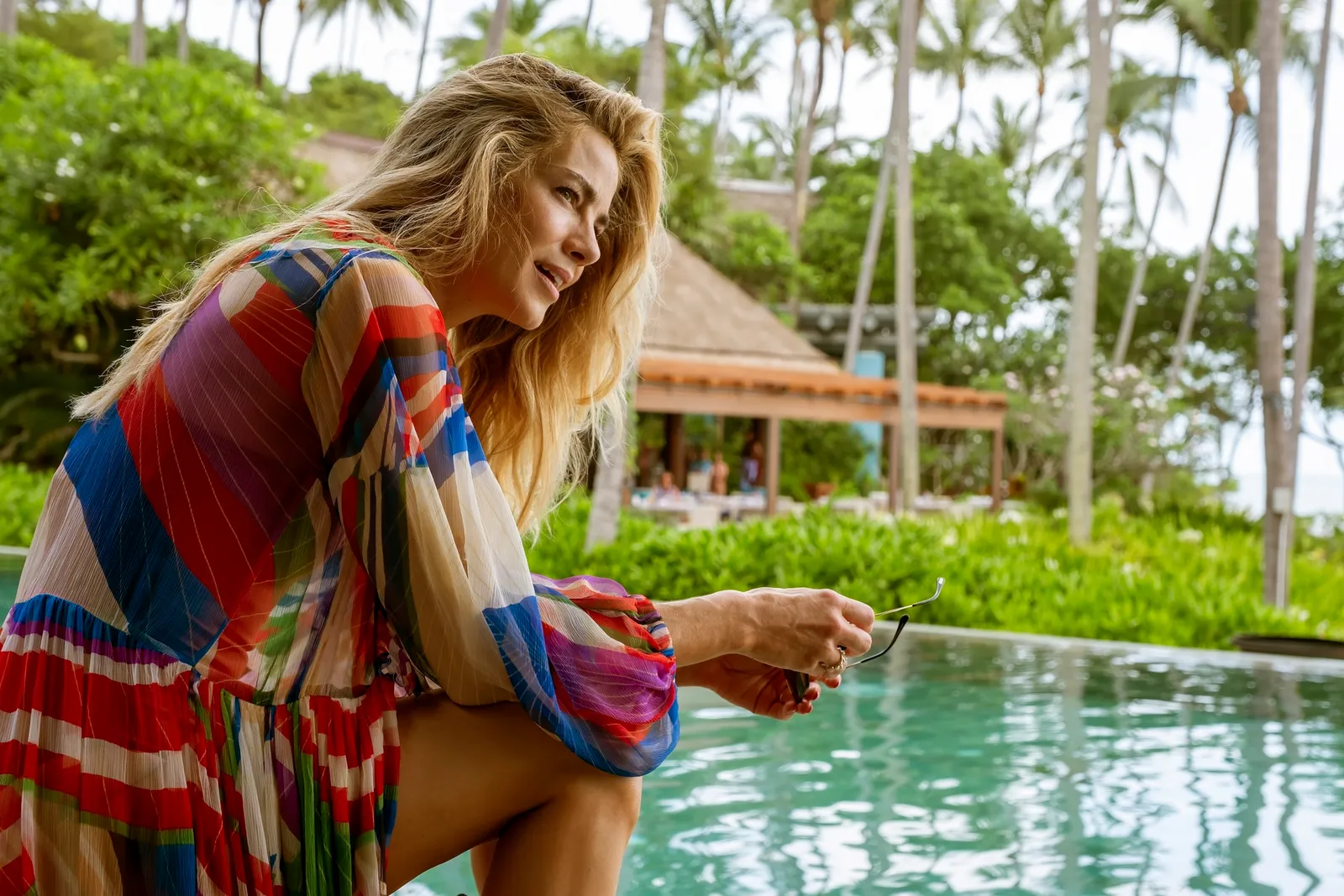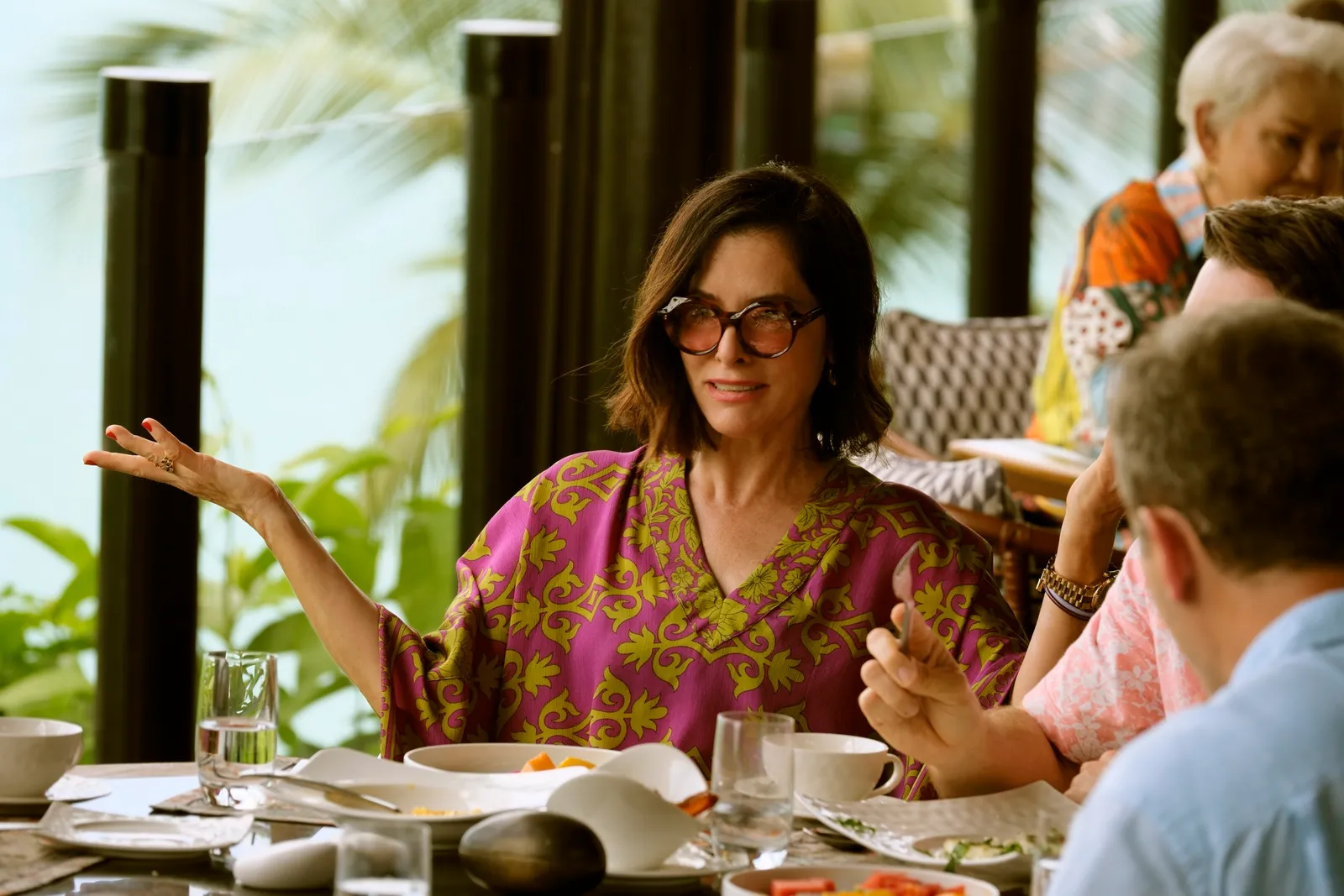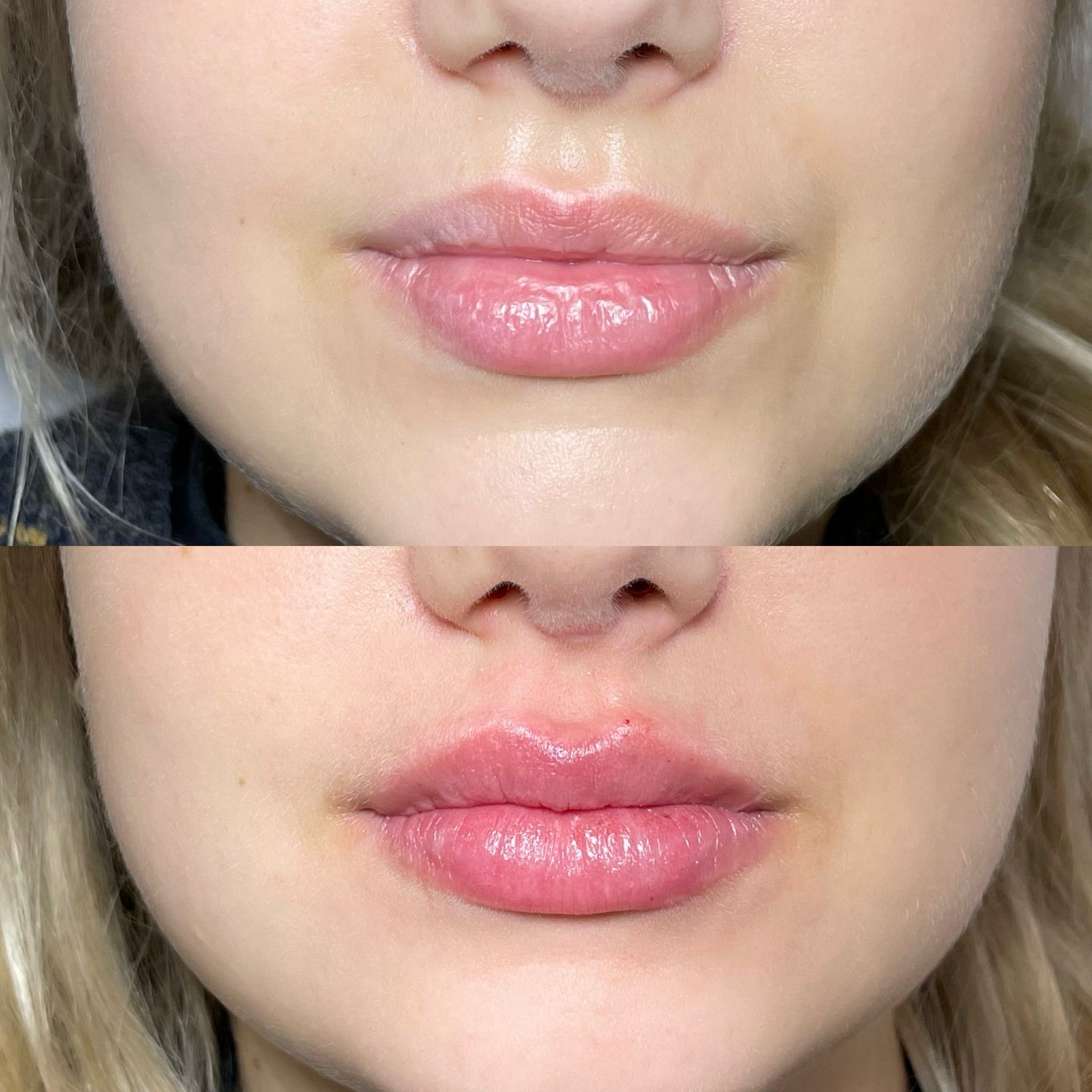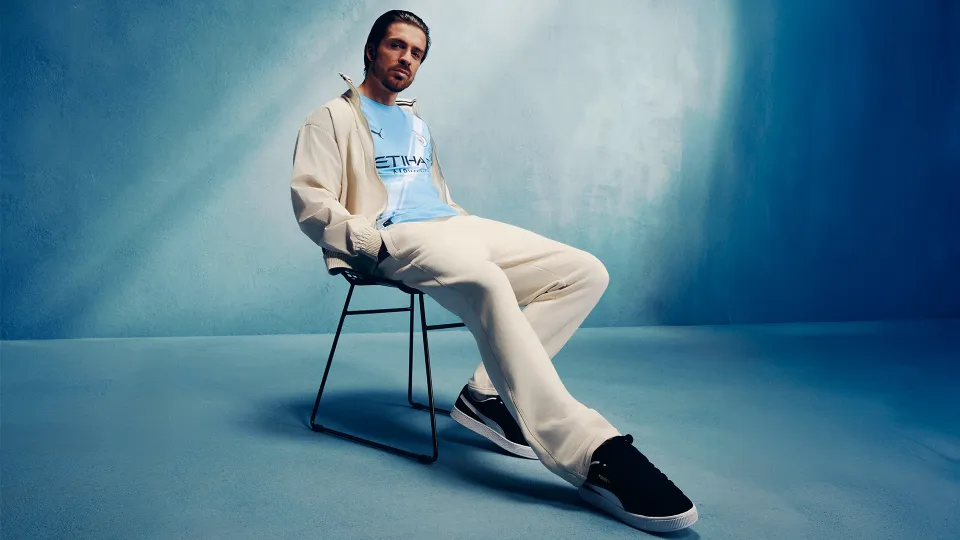Introduction: A Fashionable Fantasy With Real-World Echoes
When the third season of The White Lotus opens, a trio of women steps off a luxury boat onto the sun-drenched shores of Koh Samui, Thailand, laughter bubbling like champagne flutes on a yacht. Swaddled in flowing designer dresses and armed with Loewe handbags, their presence is almost mythic—goddesses of wealth and leisure. Yet beneath the silk and smiles, a simmering question lingers: Who are these women, really?
We don’t yet know their names—Kate (Leslie Bibb), Laurie (Carrie Coon), and Jaclyn (Michelle Monaghan)—but we know their status: they are rich rich. Not suburban-Range-Rover-rich. We’re talking $2,000 dresses, $8,000 in handbags, and Cartier bracelets so plentiful they could buy a condo. It’s the aesthetic of abundance. Of confidence. Of control.
But as with all things in The White Lotus, appearances deceive. That’s the point.
Resortwear, Class Signals, and the MAGAfication of Style
At a later boozy dinner scene, the tropical dream is pierced by a political question: “Did you vote for Trump?”
Kate swats the inquiry away with a rosé-filled flick of the wrist. “Are we really gonna talk about Trump tonight?” Her tone is playful but firm, a performance of disinterest that cloaks something darker: complicity.
And in that moment, the costuming becomes commentary. The Cartier Love bangles clink—$7,000 each—a metronome of wealth. The Valentino swimwear glows hot pink under the candlelight. The resort’s balmy air is perfumed with a specific kind of power: privilege paired with plausible deniability.
This, costume designer Alex Bovaird suggests, is not random. In fact, it’s meticulous.
Alex Bovaird’s Subtle Satire: Fashion as a Political Mirror
Alex Bovaird, returning to helm the show’s costume design, reveals that her choices were highly intentional. The three blonde friends—representing different parts of America—are styled almost identically on purpose. Their homogeneity isn’t an oversight; it’s a mirror.
“I wanted to keep them throughout as kind of still interchangeable,” Bovaird says. “So that when they reveal themselves, it’s sort of subtle, and it starts to make you think, Oh yeah, they’re not all the same.”
This is the genius of The White Lotus. It doesn’t shout its critiques—it whispers them in between designer labels. No one arrives in a MAGA hat, but the vibe is unmistakably “Palm Beach casual with a wink toward Mar-a-Lago.”
MAGA, Quiet Luxury, and the New Era of Wealth Flaunting
Fashion, always political to some degree, has become even more so in the Trump era. The “quiet luxury” wave—a preference for stealth-wealth brands like The Row, Loro Piana, and Brunello Cucinelli—was a response to the vulgarity of Trumpism. Think Shiv Roy in Succession, signaling dominance through beige.
But The White Lotus pushes against that. In its world, “quiet” isn’t loud enough.
Here, we find the post-Trump evolution of MAGA style: not stars-and-stripes kitsch, but caftans that cost more than a semester at community college. It’s luxury with a loudspeaker. Gucci loafers with no socks. Cartier bracelets stacked like poker chips. Resortwear as a metaphor for both affluence and apathy.
As Bovaird jokes, “The world is cooking, and maybe we’re all gonna have to wear caftans.” Elegance in the face of apocalypse.
Resortwear as Costume—and Shield
There’s a fantasy in resort fashion that The White Lotus unpacks with surgical precision. In Season 3, Parker Posey’s Victoria Ratliff, an aging Southern socialite swathed in silk, sums it up best: “I just don’t think, at this age, that I’m meant to live an uncomfortable life.”
This is not just a statement of wealth—it’s a worldview. A belief that comfort is deserved. That struggle is for others. That unpleasant truths—climate change, racism, fascism—are best drowned in rosé.
And nothing communicates that attitude quite like expensive resortwear. It says: “I’m not here to think. I’m here to relax.” The floaty fabrics, the wide-brim hats, the oversized sunglasses—all designed to shield, deflect, and disappear behind a facade of leisure.
Trumpian Wealth Culture: A Legacy in Lip Gloss
This blurring of fashion and ideology is not isolated to The White Lotus. From Palm Beach to Instagram, wealth is louder than ever.
Take Devorah Ezagui’s viral Instagram account, Class of Palm Beach, where rich residents—many Mar-a-Lago members—list their outfits like a game of “Guess the Net Worth.” Oscar de la Renta sundresses, Van Cleef jewelry, Rolexes for brunch.
Ezagui claims to stay apolitical, but admits Mar-a-Lago has boosted the area’s style—and visibility. “Palm Beach is incredibly on the map right now, probably because of Trump,” she says.
Her dream interview? Melania Trump.
“I think that she doesn’t get enough credit for her style,” Ezagui says. “She has it. She’s a class act.”
And this is where the politics of fashion gets sticky. When a style becomes untethered from its symbolism, it can float—like a caftan—dangerously free of consequence.
The ‘OOO’ Mindset: Vacation From Accountability
What The White Lotus captures best is this: the emotional vacation that wealth allows. The ability to detach. To ask, with feigned innocence, “Do we really need to talk about politics right now?”
That question isn’t neutral. It’s strategic.
It says: Let’s keep things light. Let’s not ruin the vibe. Let’s pretend the world isn’t burning, at least until dessert.
But ignoring politics is itself a political act. As The White Lotus suggests, fashion can be a way of disappearing into a comfortable narrative—one that places you safely above the fray.
Caftans and Culpability: Elegance Amid Ethical Erosion
Costume designer Alix Friedberg, who dresses the cast of Palm Royale (Apple TV+’s lavish Palm Beach period show), sees the same thing: a resurgence of loud luxury, worn not just for beauty—but for visibility.
“It’s letting everybody know that you just bought that, and it cost this amount of money,” she says. “It’s very identifiable.”
It’s not dressing to express—it’s dressing to impress. Or to intimidate. Or to insulate.
This “cosplay of wealth” is, as Friedberg puts it, “a way to avoid becoming a target.” Wear the right outfit and maybe you’ll blend in. Maybe you’ll be seen as one of them—the people with money, power, safety.
But isn’t that just another kind of mask?
From Screen to Street: The Real-Life Consequences
There’s a reason people obsess over The White Lotus. Yes, it’s escapist. Yes, it’s funny. Yes, it has murder.
But more than that, it’s accurate.
We see the same people in real life—on Instagram, in luxury malls, at political fundraisers. They are sipping wine while asking their assistant to “circle back.” They are wearing Cartier to brunch and talking about “school choice” like it’s a charity cause. They are Trump voters in Valentino.
And when called out, they demur: “Can’t we just enjoy ourselves?”
Conclusion: Behind the Fashion, a Warning
The genius of The White Lotus lies in its layers. On the surface, it’s beautiful. Beneath, it’s brutal. Every outfit is a character study. Every accessory, a clue.
What the show tells us—through caftans and Cartier—is that fashion is never just fabric. It’s fantasy. It’s camouflage. It’s confession.
And in the Trump era, where wealth has become performance art, the question we should be asking isn’t just who wore what—but why they wore it, and what they’re trying to hide.
Because sometimes, the loudest message isn’t shouted. It’s worn.
- Natural Lip Filler – Elegant Lip Enhancement & Subtle Lip Augmentation - December 19, 2025
- Lip Augmentation in London – Lip Filler London & Natural Lip Enhancement - December 16, 2025
- Bonnie Blue secretly filming huge C4 show which will reveal ‘what her life’s really like’ after 1,000 men sex stunt - June 5, 2025

